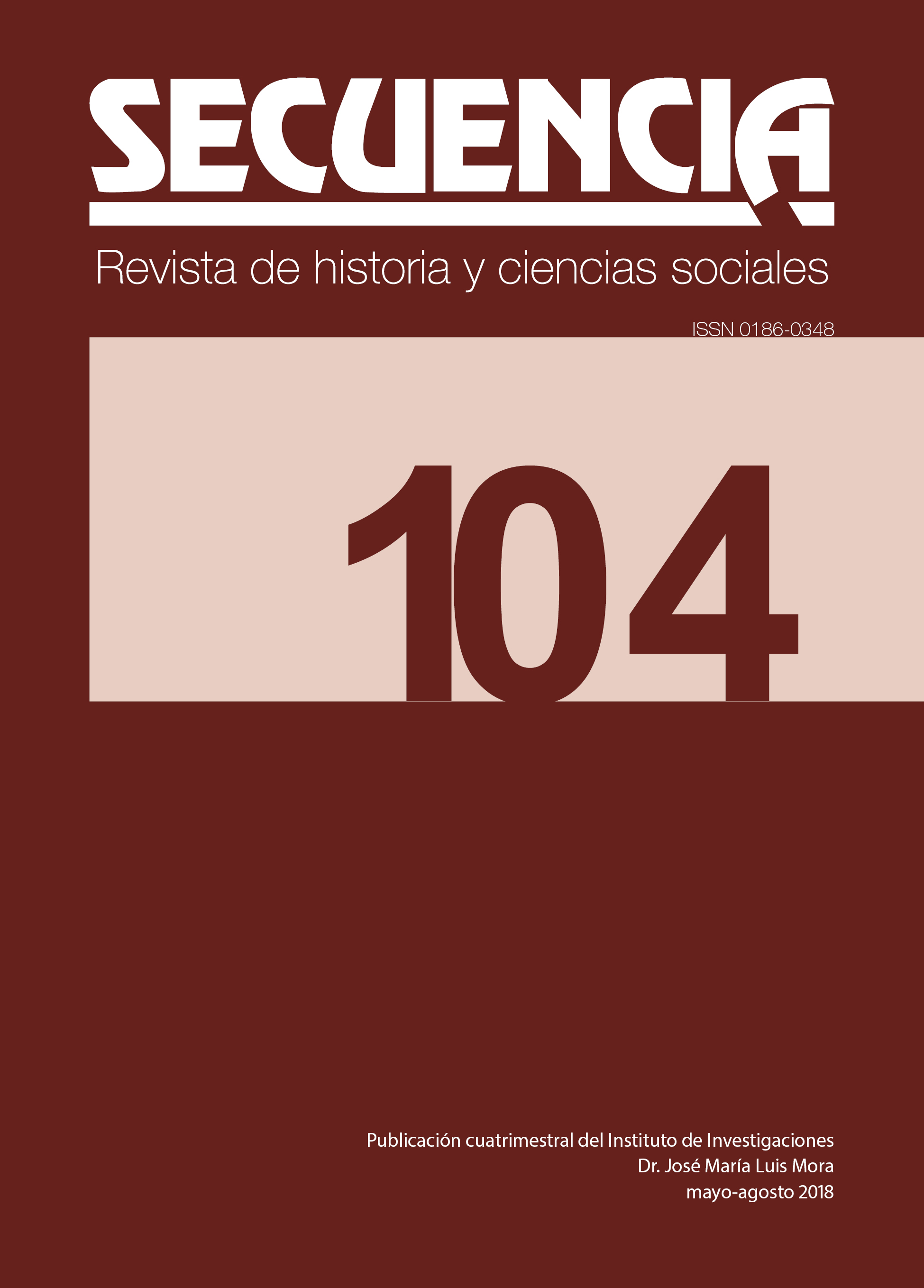Abstract
History of the stages of subjectivization of Rafael Montes de Oca
(1863-ca. 1930) who suffered from syphilis for over 30 years and despite the
marginalization of being condemned as “degenerated syphilitic” by the hygienist
policies of the time, managed to apply the technologies of the self, according
to the approaches of Michel Foucault, and experienced various processes
of procedural subjectivization by redefining his identity, taking care of
himself, getting married and becoming an artist according to Felix Gauttari’s
“New aesthetic paradigm”. In another process of transformation, after ten
years of being the nurse-wife of a syphilitic, María Ríos Cárdenas became
a famous feminist during her divorce. This history of subjectivization not
only explains how an individual confronted the public health policies of the
Porfiriato and the post revolution, but also establishes connections between
changes in a personal life and the transformations of public life in Mexico.
Aquellos autores/as que tengan publicaciones con esta revista, aceptan los términos siguientes:
- Los autores/as conservarán sus derechos de autor y garantizarán a la revista el derecho de primera publicación de su obra, el cuál estará simultáneamente sujeto a la Licencia de reconocimiento de Creative Commons Atribución-NoComercial 4.0 Internacional que permite a terceros compartir la obra siempre que se indique su autor y su primera publicación esta revista.
- Los autores/as podrán adoptar otros acuerdos de licencia no exclusiva de distribución de la versión de la obra publicada (p. ej.: depositarla en un archivo telemático institucional o publicarla en un volumen monográfico) siempre que se indique la publicación inicial en esta revista.
- Se permite y recomienda a los autores/as difundir su obra a través de Internet (p. ej.: en archivos telemáticos institucionales o en su página web) antes y durante el proceso de envío, lo cual puede producir intercambios interesantes y aumentar las citas de la obra publicada. (Véase El efecto del acceso abierto).




